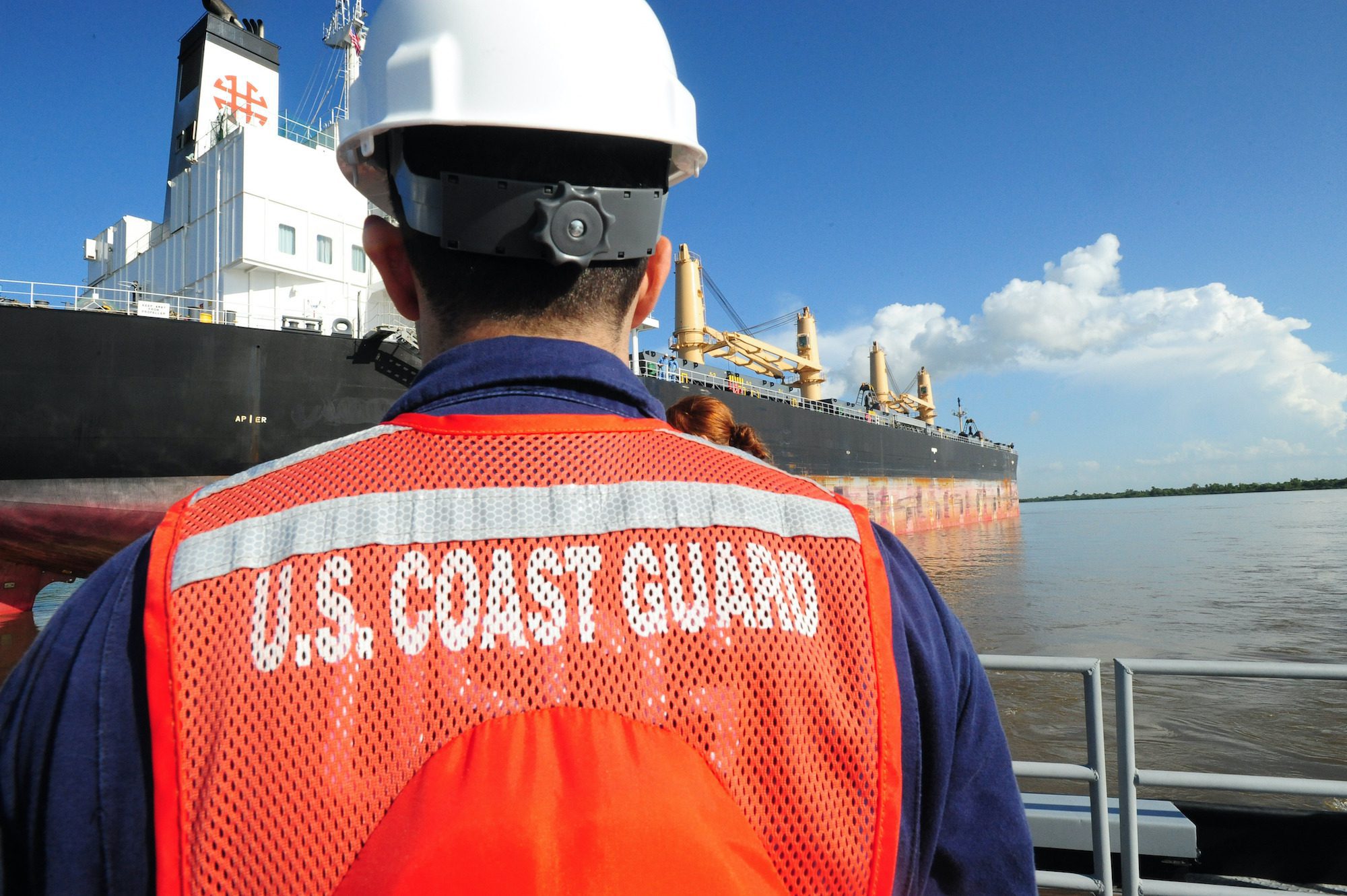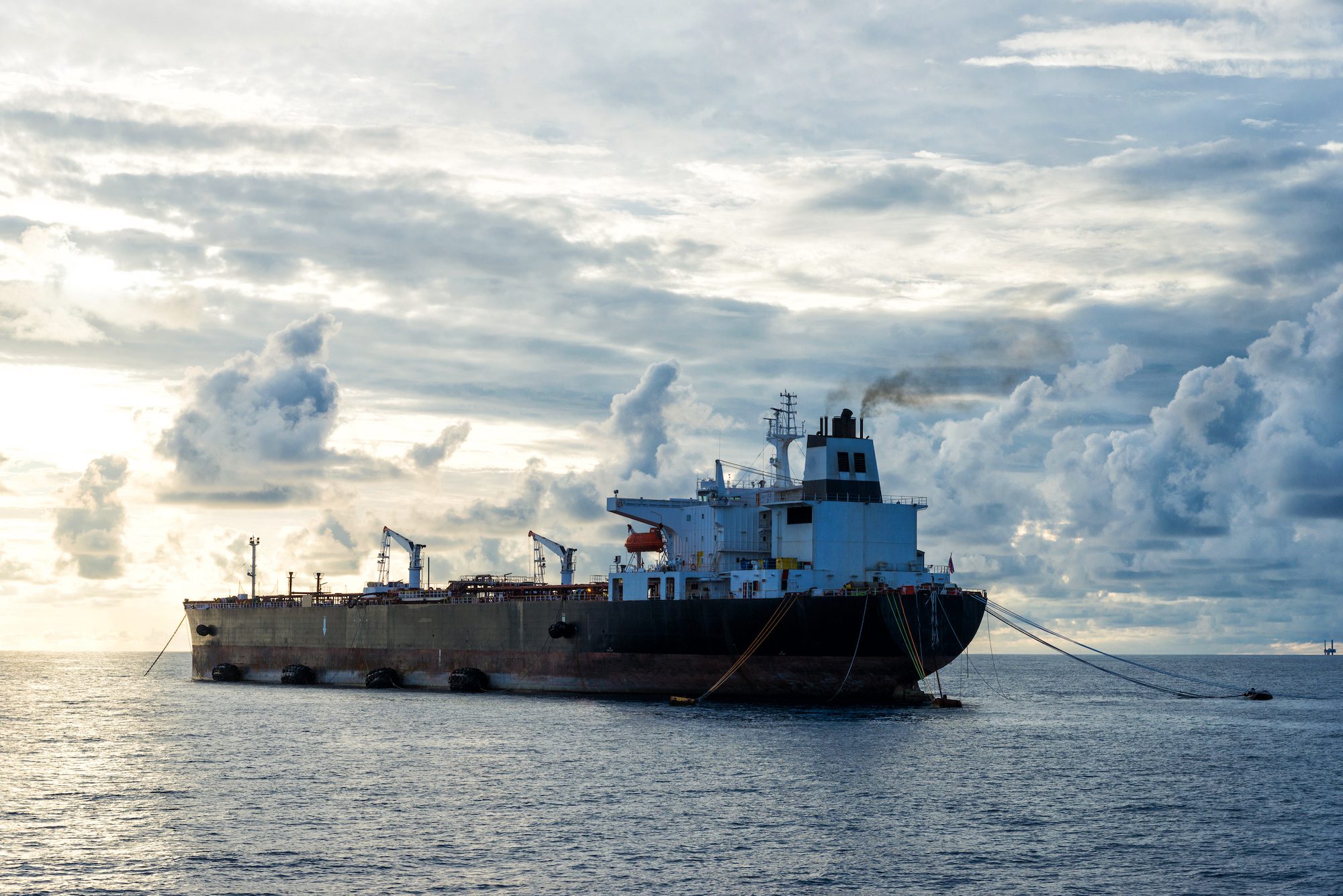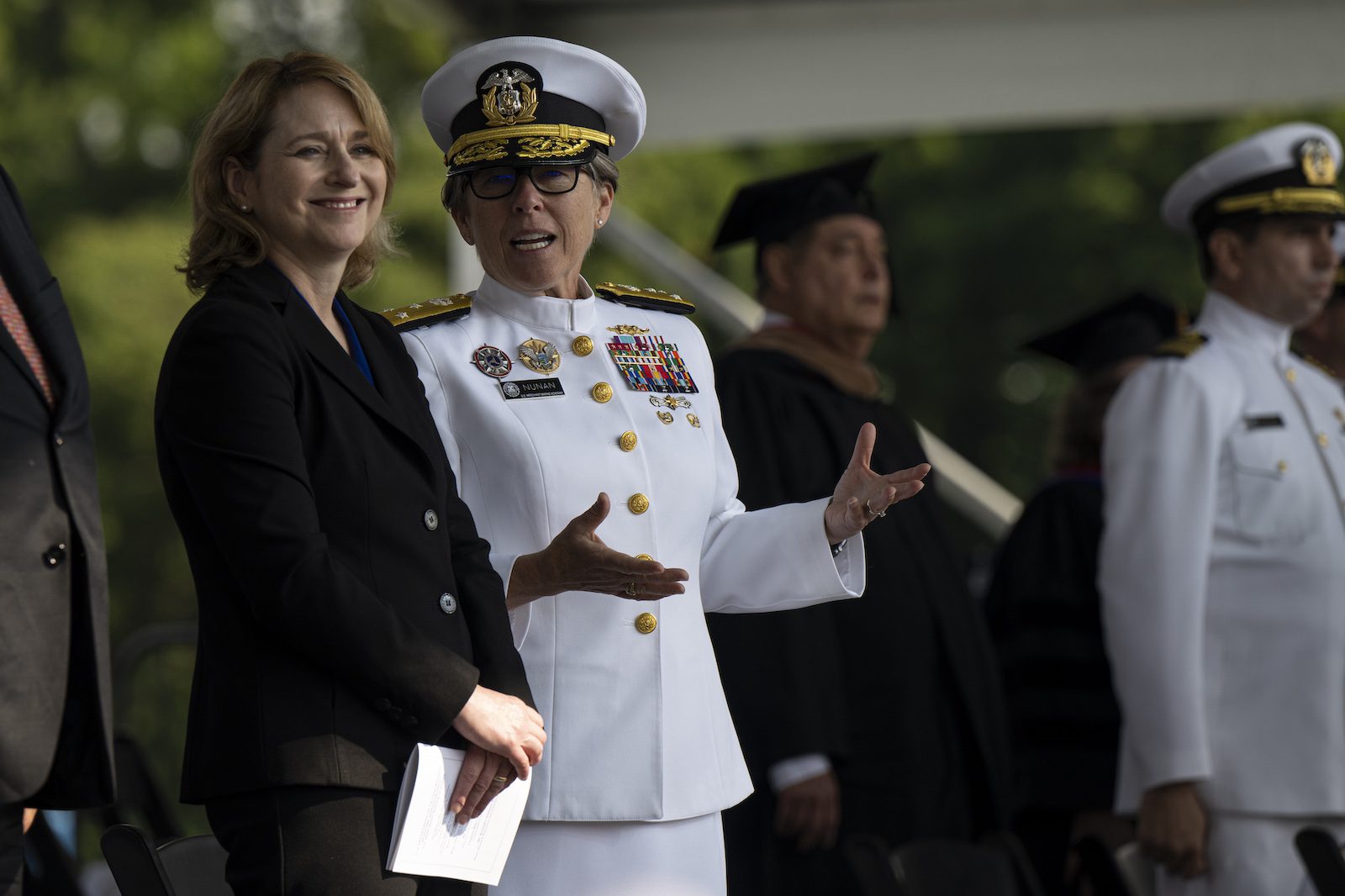“These ships know we are coming, even if we don’t tell them, they know that we are coming.” That was the answer to a question regarding targeting of U.S. Coast Guard inspections, during an excellent presentation to the New York Propeller Club, hosted in the meeting room of the American Club overlooking New York Harbor.
The focus of the lunchtime meeting was a discussion of the U.S. Coast Guard’s Port State Control (PSC) foreign flag vessel inspections, with Commander Staci Weist, first reviewing the “Prevention Concept of Operations” before Mr. John Hillin looked at the factors behind targeting of vessels for inspections. Mr. Hillin, Chief of the Safety & Security Division, in Sector New York, noted that some 5,200 vessels come into the Port of New York annually, saying “we can’t inspect all of them…we need to focus our resources.”
On determinants of which foreign flag vessels will be inspected, Mr. Hillin (who has been involved in PSC since the mid 1990s) spent a good deal of time talking about what described as a “targeting matrix,” which considers detentions by Flag States and by Recognized Organizations (Class Societies). Ship management performance (by owners, charterers or managers) also enters into the matrix; if vessels under control of an entity are targeted multiple times within a 12 month timeframe, then the likelihood of vessels being targeted for an inspection increases.
Mr. Hillin said that data from Equasis (a 20+ year old ship safety database) is also considered, along with Qualship 21 (a USCG initiative for recognizing high quality vessels from Flag States meeting USCG criteria) and e-Zero (a newer program, also from the USCG, recognizing environmental compliance). The bottom line, as explained, “If your vessel is in Qualship 21, you will get inspected less often….Our goal is to achieve compliance.”
All of the information presented is freely available on the website of the USCG’s Port State Control Division. A look at its contents is eye-opening. According to the USCG, “Beginning on July 1, 2022, the Coast Guard will target Flag Administrations for additional PSC examinations if their three-year detention ratio scores higher than 1.0% and if an Administration is associated with more than one detention in the past three years….A Flag administration is categorized as high risk if their overall three-year detention ratio is greater than 2.0%.”
High risk flags, for the upcoming year, are: Belgium, Bolivia, Israel ,Mexico, Saint Kitts and Nevis, Saint Vincent and the Grenadines, Tanzania, Togo and Turkey. Medium risk flags (where the three-year ratio is between 1.0% and 2.0%) include Antigua and Barbuda, Cyprus, Panama, Portugal and Vanuatu.
In the presentation, Mr. Hillin then enumerated the various deficiencies that result in PSC detentions (based on 8,663 PSC exams, (from nearly 74,000 port calls conducted throughout the U.S. in 2021), with fire safety being the most prevalent. Within this category, leaking oil is the biggest offender, followed by issues related to fire hoses. Safety Management Systems (SMS) were a close second, with deficiencies including crew-members “checking the boxes” without performing the requisite safety related tasks.
Throughout his remarks, Mr. Hillin emphasized that compliance (with safety, environmental, and, these days, cyber security requirements) is the goal. If the vessels know that they will be inspected…well, that’s not such a bad thing. Based on USCG numbers, PSC is indeed working.
Over time, the “detention ratio” from PSC inspections has been declining; a three year rolling average ratio came in at 0.87% in 2021 with around 60 actual detentions (contrast with a comparable measure at 1.67% in 2015, when there more than 200 actual vessel detentions).

 Join The Club
Join The Club











